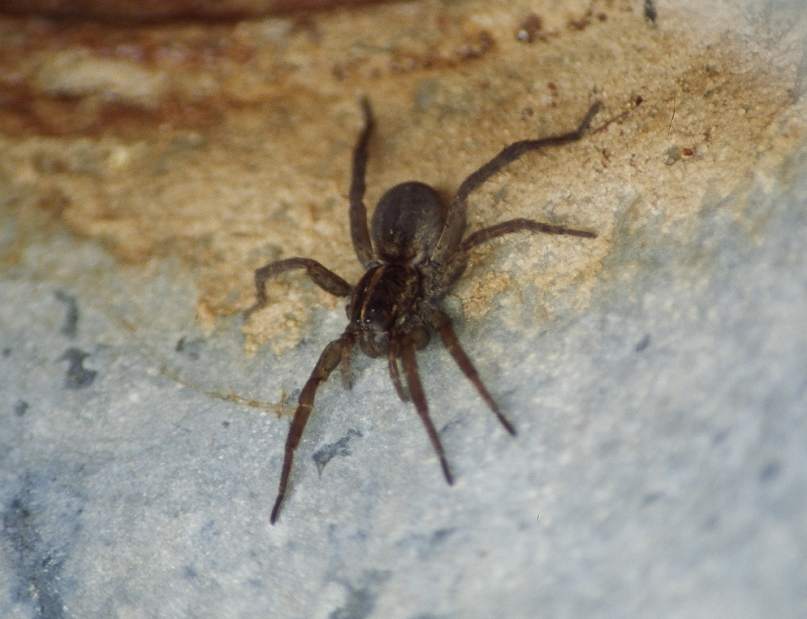Walliser: Most spiders fall into 'good bugs' category
Question: We seemed to have a lot of spiders in our garden last summer. There were big webs between some of our shrubs, and every time I worked in the vegetable garden, I would see brown spiders scurrying across the dirt.
I've always thought that spiders were good for the garden, but my neighbor says they aren't. Should I be worried about them?
Answer: Spiders are included among the list of “good bugs” in the garden because they are extremely valuable predators. They consume thousands of different pest insects.
Of the 3,000 species of spiders found in North America, only four are harmful to humans: The brown recluse (primarily a southern species), the black widow, the hobo spider (found in arid, western states) and the yellow sac (thought to be the most common source of nuisance bites across North America).
Spiders have two body parts, eight legs and no antennae. All species produce silk, even those that do not spin webs. All spiders also have chelicerae, mouthparts that include fangs, and most, but not all, have venom. The vast majority of spiders, however, do not inflict painful or harmful bites, nor are any of them “out to get you.” Ignore them, and they'll ignore you.
Spiders are very valuable to the garden. They prey on insects by trapping them in a web or pouncing on them. The former are known as web-builders, and the latter as cursorial spiders (also sometimes called wandering or hunting spiders).
Web-spinning spiders detect their prey through vibration and visual signals when an insect gets trapped in their web. Cursorial spiders use the same cues to spot and stalk prey on the ground. Cursorial spiders are of particular importance to gardeners and farmers because they are highly mobile in the landscape and can travel to find prey, although some groups — the crab spiders, for example — spend nearly all their life living in a single flower waiting for unfortunate insects to come by so they can nab them and have them for dinner.
Numerous studies have proven again and again that spiders consume many agricultural pests, including insect eggs, beetles, aphids, cutworms, fire ants, four-lined plant bugs, spider mites, squash bugs, budworms, caterpillars, asparagus beetles and many, many others. One study found that cursorial spiders in some crops do at least a quarter of the total predation, much of it taking place at night.
The lesson in all this is don't listen to your neighbor. Be happy you have a healthy spider population — they're on the prowl 24/7, ridding your garden of countless pests.
Horticulturist Jessica Walliser co-hosts “The Organic Gardeners” at 7 a.m. Sundays on KDKA Radio. She is the author of several gardening books, including “Attracting Beneficial Bugs to Your Garden: A Natural Approach to Pest Control” and “Good Bug, Bad Bug.” Her website is www.jessicawalliser.com.
Send your gardening or landscaping questions to tribliving@tribweb.com or The Good Earth, 503 Martindale St., 3rd Floor, D.L. Clark Building, Pittsburgh, PA 15212.

